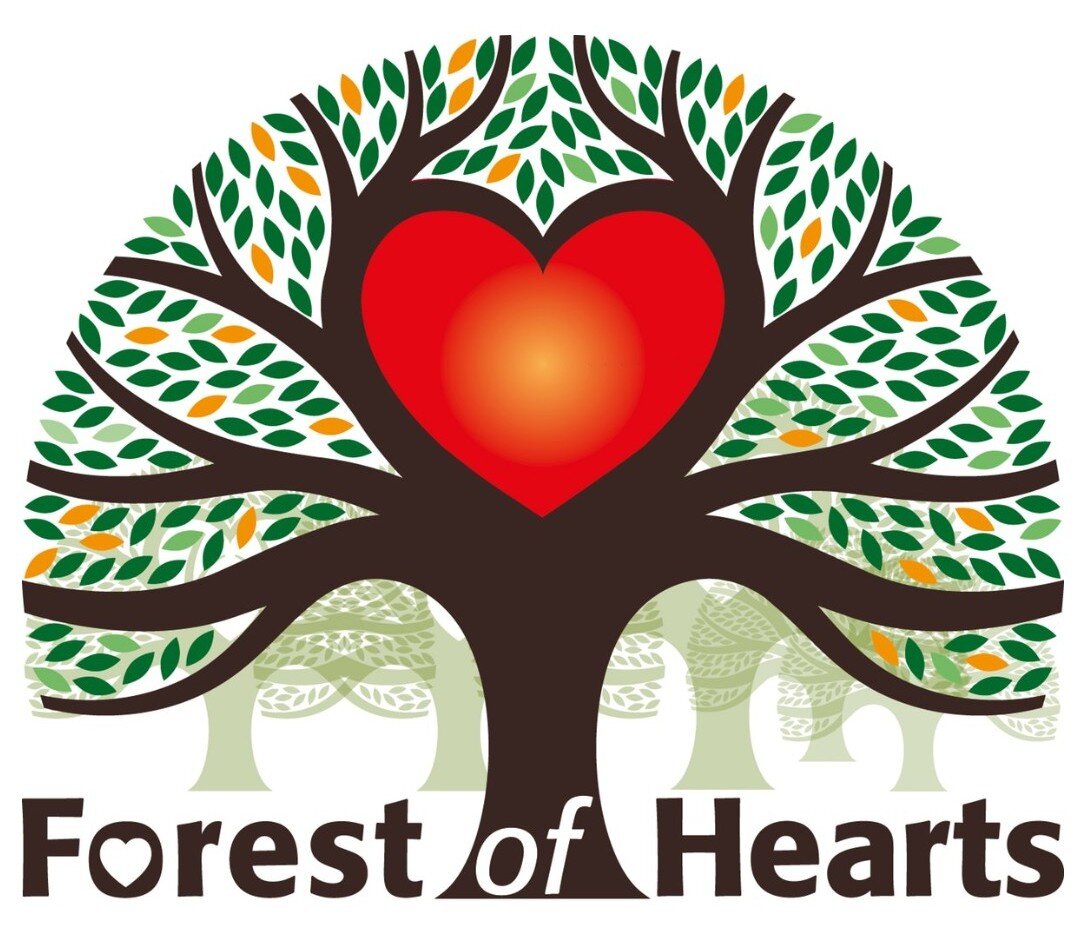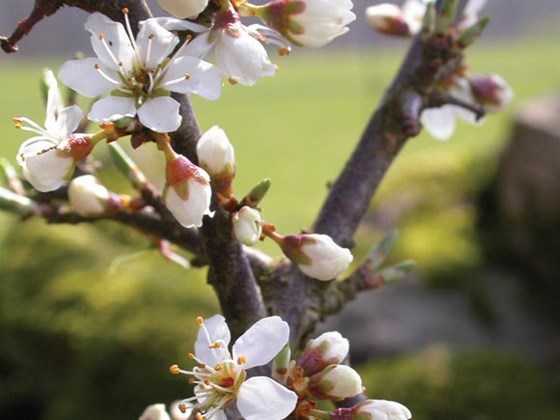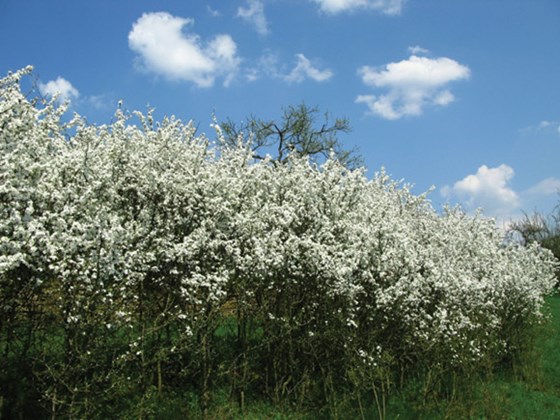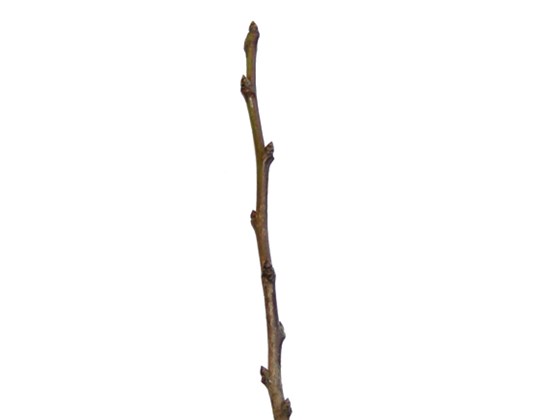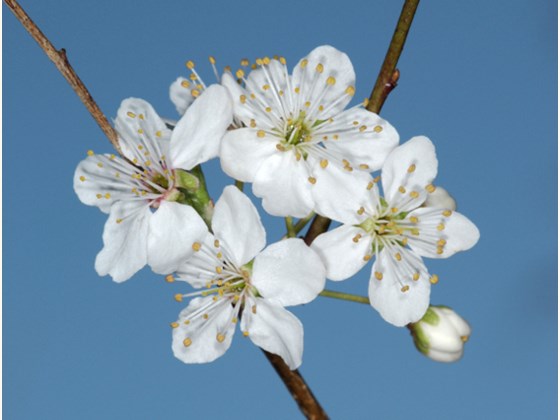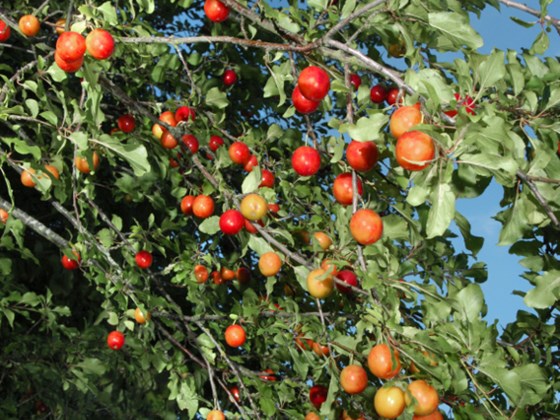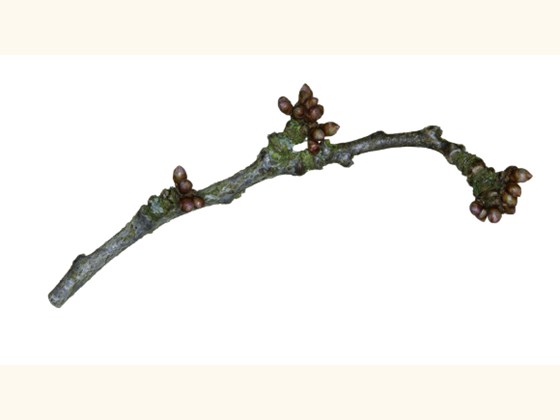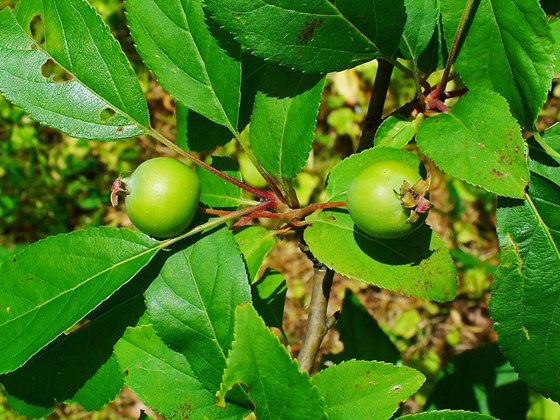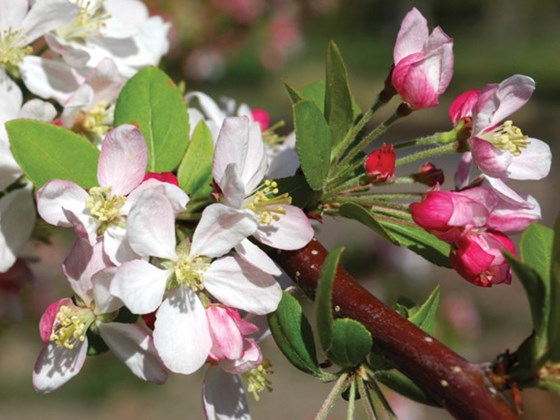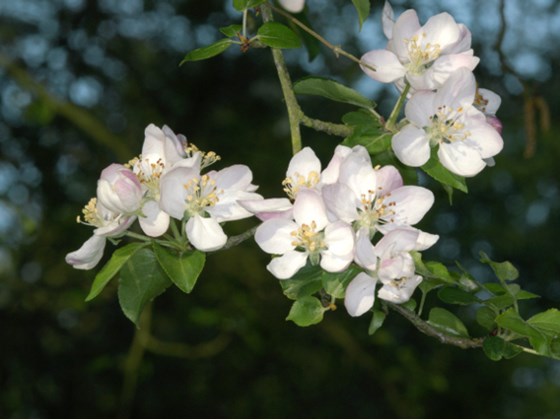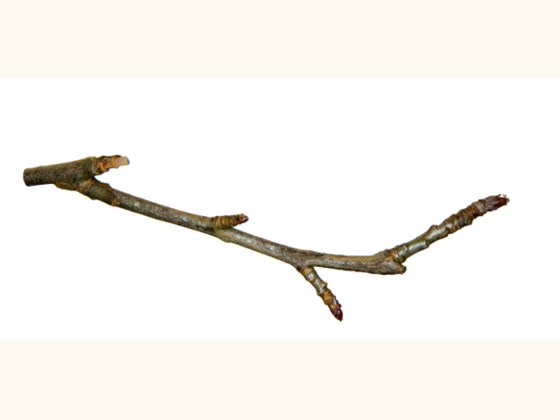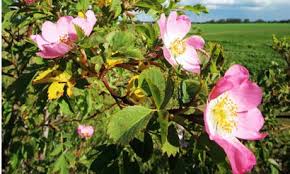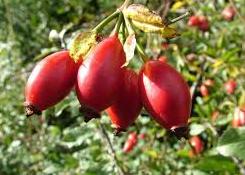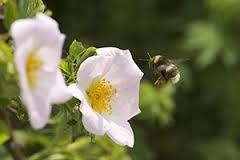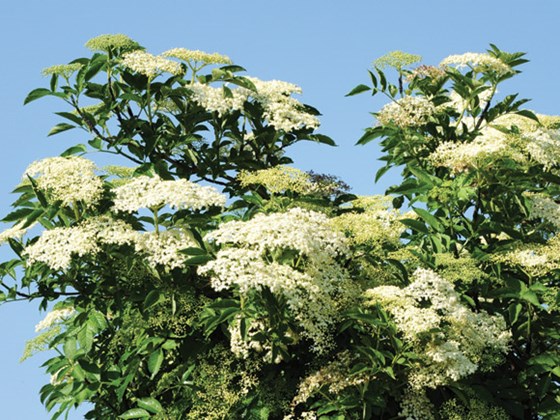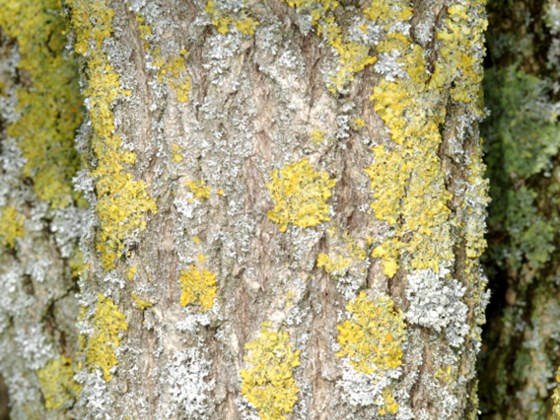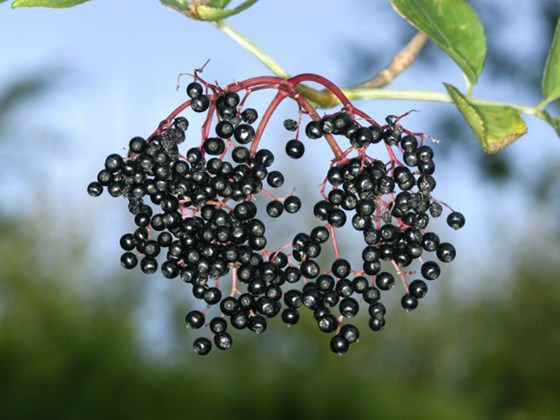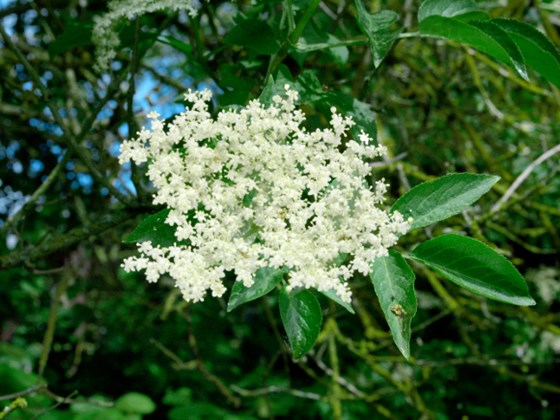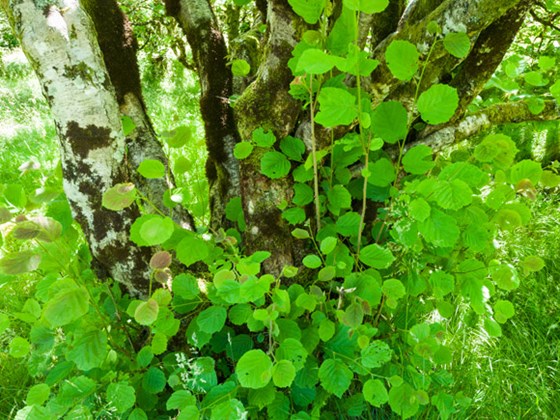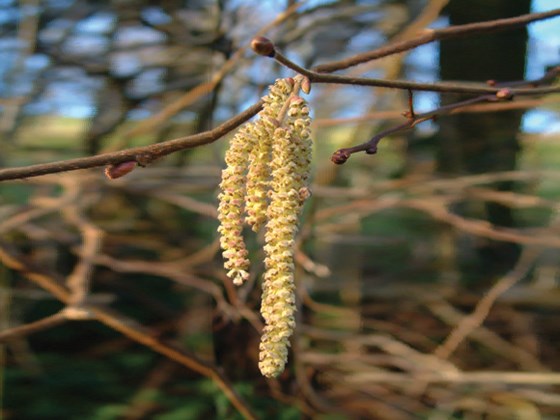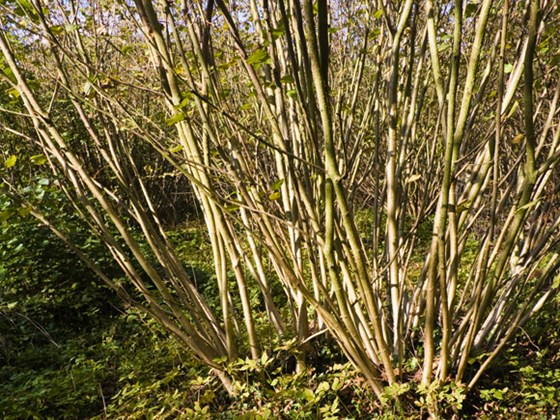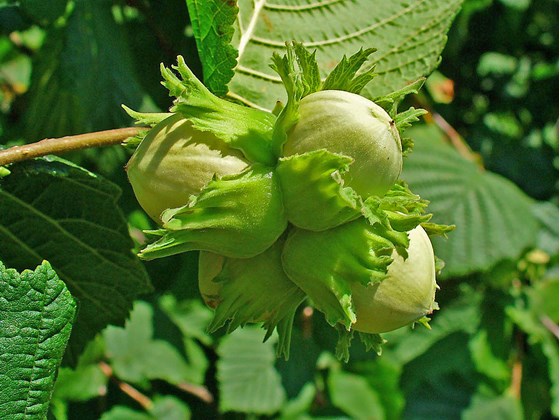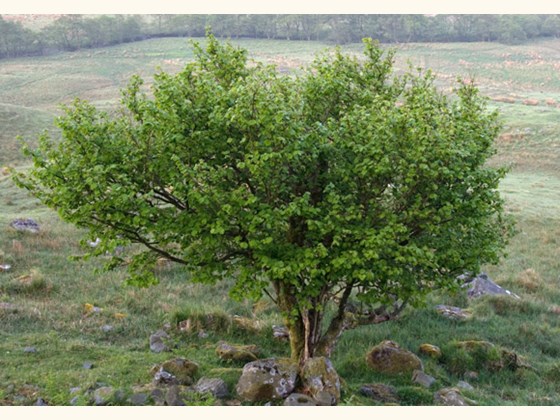Hedgerows
Help us plant over 1000 metres of hedgerow by 2025 which will act as a haven for wildlife and biodiversity. The main function of the hedgerows is to create a natural windbreak which in turn will help to create a micro-climate which is conducive to supporting the wildlife that we are protecting at the Hideaway. Bring your team for a CSR team building day to make a difference or you can get involved by sponsoring a metre of hedgerow now.
Native hedgerow
We will be planting a mix of native hedges which will include blackthorn, hazel, dog rose, cherry plum, crab apple, field maple, hawthorn and elder.
Blackthorn
Blackthorn (prunus spinosa) also known as 'sloe', is a small deciduous tree native to the UK and most of Europe. Early flowering, blackthorn provides a valuable source of nectar and pollen for bees in spring. Its foliage is a food plant for the caterpillars of many moths, including the lackey, magpie, common emerald, small eggar, swallow-tailed and yellow-tailed. It is also used by the black and brown hairstreak butterflies. Birds nest among the dense, thorny thickets, eat caterpillars and other insects from the leaves, and feast on the berries in autumn.
CHERRY PLUM
Cherry plum (Prunus cerasifera) is one of the first prunus species to flower in spring and can grow to eight metres. The bark is dark grey and develops fissures with age, and twigs are green and covered in a fine down when young. After pollination by insects, the flowers develop into yellow or red cherry-like fruits. Cherry plum flowers were used by Dr Edward Bach to create a remedy for people in fear losing control of their behaviour, and are still used in Bach Flower Remedies today.
CRAB APPLE
Crab apple (Malus sylvestris) Crab apple thrives in heavy soil in hedgerows, woods and areas of scrub. Unlike many trees, the crab apple grows singly, and sometimes woods will only have one tree. The crab apple is one of the few host trees to the parasitic mistletoe, Viscum album, and trees are often covered in lichens.
The brown and pointed leaf buds form on short stalks, and have downy hair on their tips, followed by glossy, oval leaves, which grow to a length of 6cm and have rounded triangular teeth. In spring, the sweetly scented blossom is pollinated by bees and other insects, which develops into small, yellow-green apple-like fruits, around 2-3cm across. Sometimes the fruits are flushed with red or white spots when ripe. Birds and mammals eat the fruit and disperse the seeds.
DOG ROSE
Dog rose (rosa canina) has long stems with hooked thorns which help them to climb and scramble over other shrub The hips are high in vitamin C and were traditionally used to make a valuable syrup, especially in times of scarcity such as wartime. The fine hairs found inside the hips used to be popular with children, who extracted them for use as 'itching powder'
ELDER
Elder (Sambucus nigra) trees grow to a height of around 15m and can live for 60 years. Elder is characterised by its short trunk (bole), and grey-brown, corky, furrowed bark. it has relatively few branches. after pollination by insects, each flower develops into a small, purple-black, sour berry, which ripens from late-summer to autumn. Elders are hermaphrodite, meaning both the male and female reproductive parts are contained within the same flower.
HAZEL
Hazel (Corylus avellana) is often coppiced, but when left to grow, trees can reach a height of 12m, where it can live for up to 80 years (if coppiced, hazel can live for several hundred years). It has a smooth, grey-brown, bark, which peels with age, and bendy, hairy stems. Leaf buds are oval, blunt and hairy. Hazel is monoecious, meaning that both male and female flowers are found on the same tree, although hazel flowers must be pollinated by pollen from other hazel trees. The yellow male catkins appear before the leaves and hang in clusters, from mid-February. Female flowers are tiny and bud-like with red styles
